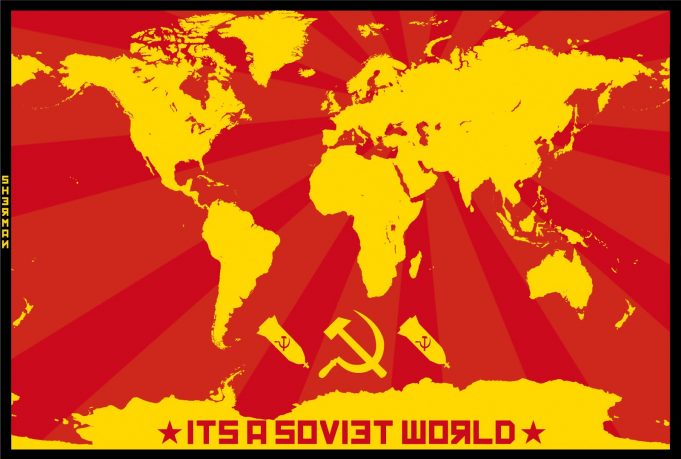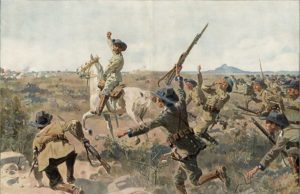While Soviet Russia propelled communism from a political theory to a workable economic policy, many communist economies have developed around the world. Some of the most powerful countries in the world today ascribe to communism — most notably, the People’s Republic of China (although its government is considered communist, the modern China doesn’t necessarily have a communist economy). As the world economy becomes more globalized, the impact of an individual country’s political structure may hold increasing importance.
Italy, Economy and Marxist Theory
The Italian Communist Party was founded in 1921. Although forced into hiding by the fascist regime of Benito Mussolini, communism in Italy survived late into the last century, according to Politics and Symbols: The Italian Communist Party. The party played a large role in the resistance movement during World War II, which gave the group great leverage to become a part of the interim government put into place by the Allies after the war came to an end.
During the 1960’s, a U.S. State Department investigation revealed more than 1.3 million communists in Italy — representing nearly 5% of the working population. This was the largest congregation of communists in a capitalist nation.
In 1991, the Italian Communist Party was divided into two new parties after the fall of the Soviet Union convinced party leaders that the fall of Euro-Communism was soon to follow. The Democratic Party of the Left and the Communist Refoundation Party are both still active in the Italian political system.
France Economic History
The other large communist influence in Europe was France. Again, the party was founded between the World Wars in 1920. The French communists played a part in World War II as well, first as protesters of their occupying force and then, after the Nazi invasion of Russia, they stepped up resistance efforts with the underground.
During the Cold War, the French Communist power remained a strong voice in the nation, according to France Since 1945. Election results often showed well over 20 percent of support from the voters. They still have a voice today with 15 seats in parliament and enough influence to force the direction of actions from the president.
Modern World Economy
Today there is still a very prominent communist presence in the world, especially with states such as the People’s Republic of China, Cuba and North Korea at the forefront of foreign relations news headlines. Mao Zedong founded communist China after the end of the Chinese Civil War. Although Red China was a communist state and a very close neighbor to the USSR, it took a very different path through time.
As chronicled in People’s Republic of China 1949-1990, the Chinese welcomed U.S. president Richard Nixon during the heart of the Cold War and worked to open relations with the other world power. Today, China has evolved to a state that is all but capitalist, with a fast growing industrial sector and an increasingly important relationship with the rest of the world.
The exact opposite of China’s growth is found in North Korea, a state still stuck deep in the past. North Koreans today face harsh government rule coupled with an economy that is failing to benefit anyone but the leaders of the nation. While the military researches new missiles and weapons, people starve in the streets. This analogy can be used well to explain any form of government; the government that does not adapt does not survive.
Soviet Russia introduced the world to communism as a functioning political system, as opposed to just a political theory. On December 9, 1991 the Union of Soviet Socialists Republic was officially dissolved, ending the run of the oldest communist state in history. Yet, Soviet Russia is still defined by its communist years and it gave rise to an era of communism that continues today.













![Otto Insurance Review [2024]: Does It Actually Offer Insurance? otto insurance](https://www.techpreview.org/wp-content/uploads/2024/04/otto-insurance-reviews-1-64d5cc741e012-238x178.webp)





